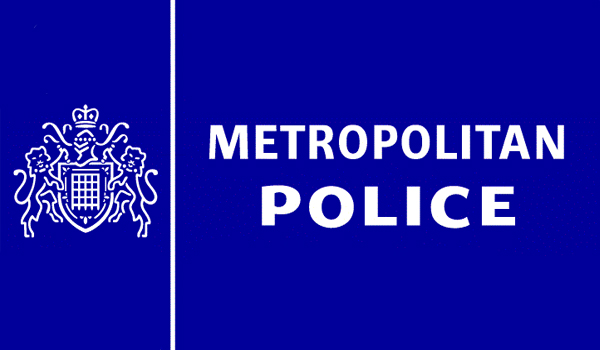Pocket-sized sensor will detect date rape drugs
Researchers have developed an easy-to-use sensor that, when dipped into a cocktail, will instantly detect the presence of a date rape drug. When ready for commercial purchase in just a few years, the sensor will be lightweight and discreet, easily transportable in a pocket or purse.

Researchers have developed an easy-to-use sensor that, when dipped into a cocktail, will instantly detect the presence of a date rape drug. When ready for commercial purchase in just a few years, the sensor will be lightweight and discreet, easily transportable in a pocket or purse.
Professor Fernando Patolsky and Dr Michael Ioffe of Tel Aviv Universitys Sackler Faculty of Exact Sciences say the sensor can detect GHB and ketamine, the most commonly-used date rape drugs, with 100 per cent accuracy. The technology was recently presented at the Nano Conference 2011 in Israel.
With rates of drug-assisted sexual assault growing around the world, its a dangerous social problem in desperate need of a solution, says Prof. Patolsky.
According to the US Department of Justice, some 200,000 women were raped in the US in 2007 with the aid of a date rape drug and because so many cases go unreported, the actual number is believed to be 80 to 100 per cent higher.
Until now, the researchers explain, real-time date rape drug detection has been impossible. No sensor sensitive enough to detect the drugs had been developed and, after a few hours, the drugs become undetectable in the human bloodstream, making their presence difficult to prove.
The new system works on simple optics principles, says Professor Patolsky. Though date rape drugs are effective because theyre colorless and tasteless when mixed into a cocktail, they do subtly change the optical properties of the drink. When a ray of light comes into contact with a drugged drink, a signal change occurs and the sensor sounds the alarm, which could be a beeping noise or a small flashing light in environments that are dark and loud.
To test the accuracy of the sensor, Professor Patolsky and Dr Ioffe had bartenders prepare a large number of the 15 most popular cocktails. Fifty of these drinks were randomly spiked with GHB, without the researchers knowledge. When their test was conducted, each of the spiked drinks was correctly identified and there were no false positives.
Only a tiny sip of one to ten microlitres is required for the sensor to detect the presence of a date rape drug.
Researchers are now working on miniaturising the system, making it easy and affordable for personal use.
Each device, says Professor Patolsky, might look like a pen or clip, easy to dip into a glass. A disposable cartridge inside, responsible for recognising the presence of a drug, would be able to identify two to three spiked drinks before needing to be replaced and new cartridges would each cost less than £1.
Dr Ioffe is also hoping to widen the range of drugs that the sensor can correctly identify. Currently, he explained, the system is geared towards detecting GHB and ketamine. We hope to expand the system so it will identify additional date rape drugs as well.


